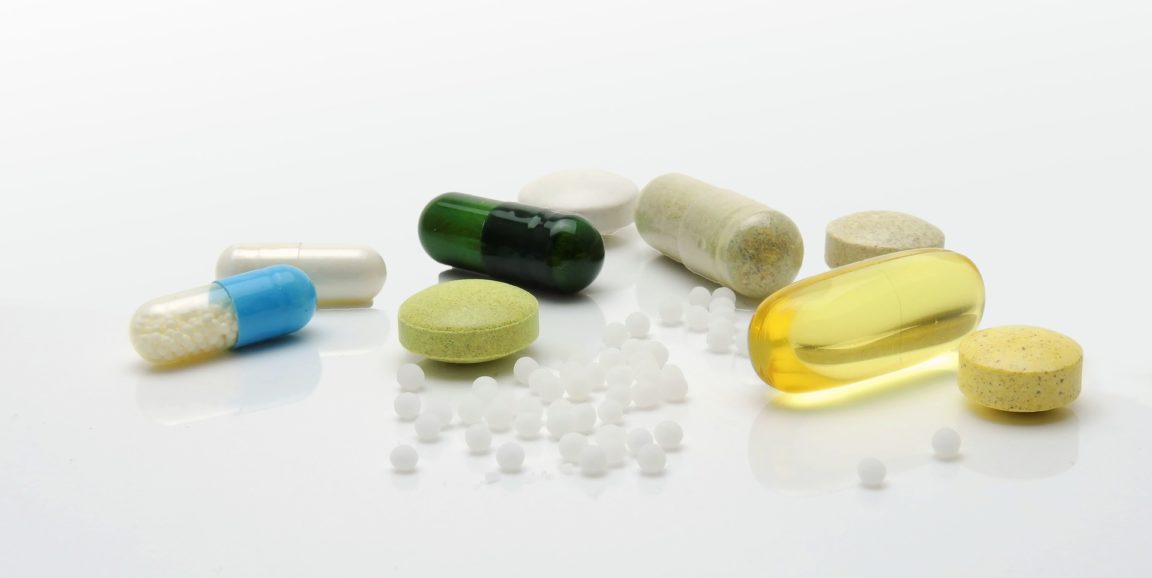Editors' note: We are revising two posts in the Breaking Down Diabetes series to reflect current findings on the most effective medications. The best place to begin the series is with the first post, On the road to diabetes: A look at what's happening inside the body.
There is consensus that metformin is the best drug for treating Type 2 diabetes. As I wrote recently, it does not cause blood sugar to fall below normal, it often produces weight loss, and it's inexpensive. Debate rages on over the role of other drugs that are typically added once metformin alone is not enough to bring high blood sugar levels back towards normal. All of the available alternatives have some problems, both the older, inexpensive drugs and the newer, very costly medications.
I realize the medication guide below is a lot to digest. But I also know that patients, and their families, are hungry for reliable, accessible information about their alternatives. So please, proceed.
Sulfonylureas
Sulfonylureas are an older group of drugs, with generic glipizide, which was approved by the Food and Drug Administration in 1984, the leading medication. It costs pharmacies only $0.07 per day. These drugs work by increasing the amount of insulin produced by the pancreas. Lowering blood sugar too much can be a side effect, so skipping meals can cause big problems. Of all patients in the U.S. with diabetes, 17% take a sulfonylurea.
DPP inhibitors
DPP inhibitors (short for dipeptidyl peptidase) are newer, very expensive medications ($14 per day for sitagliptin, brand name Januvia, approved in 2006). It works by interfering with the body's hormone glucagon that would normally keep blood sugar levels higher. These drugs can cause low blood sugar (though not as much as glipizide) and may increase the risk of heart problems. Nearly a quarter of all diabetes patients in the U.S. take DPPs.
Glitazones
Glitazones are a middle-aged group of drugs that work by reducing insulin resistance in the body. Past concerns about heart disease and cancer risks have reduced their use from their peak popularity in the 1990s. Only 5% of all patients with diabetes take a glitazone. After reviewing the most recent data, I've started prescribing these drugs again and believe that they are underused. The leading drug is pioglitazone, which was approved in 1999 and costs pharmacies $0.15 for a single day's dose.
Incretins
Incretins are injected medications that reduce blood sugar through several mechanisms. They are chemically related to the venom of both the Gila monster and the platypus. Now that they are available for weekly injection (rather than once or more per day), they can be quite effective in diabetes treatment and are used by 6% of patients with diabetes. These injections are very expensive, however. Extended release exenatide (brand name Bydureon) was approved in 2012 and costs pharmacies $158 per week ($22 per day).
SGLT2 inhibitors
SGLT2 inhibitors (short for sodium-glucose co-transporter) are the latest diabetes drug class and show great promise. These drugs work by making the kidneys dump extra blood sugar into the urine, which then passes out of the body. Beyond lowering blood sugar, these drugs can help prevent heart and kidney disease. Like metformin, they can help with weight loss and have a low risk of causing low blood sugar. About 20% of people with diabetes in the U.S. now take an SGLT2 inhibitor. The leading drugs are canagliflozin (brand name Invokana) and empagliflozin (Jardiance); both cost about $15 per day.
Once metformin alone is insufficient, adding another drug is an eventual necessity in almost all patients. My recent practices tend towards adding an SGLT inhibitor, but continuing to consider the older, much less expensive sulfonylureas and glitazones.
Yet, even these medications are often not enough. In the next post, I'll explain the many available forms of injectable insulin.
Randall Stafford, MD, PhD, a professor of medicine and director of the Program on Prevention Outcomes and Practices, practices primary care internal medicine at Stanford. He is developing practical strategies to improve how physicians and consumers approach chronic disease treatment and prevention.
This is the sixth piece in a series, "Breaking Down Diabetes," created for those with or at risk for diabetes as well as their family and friends. Previous blog posts addressed the pre-diabetes, diabetes complications, and goals for diabetes management beyond blood sugar. Some data for this report come from IQVIA, Inc., previously known as QuintilesIMS. For additional information, please contact rstaff@stanford.edu.
Image by Bru-nO




